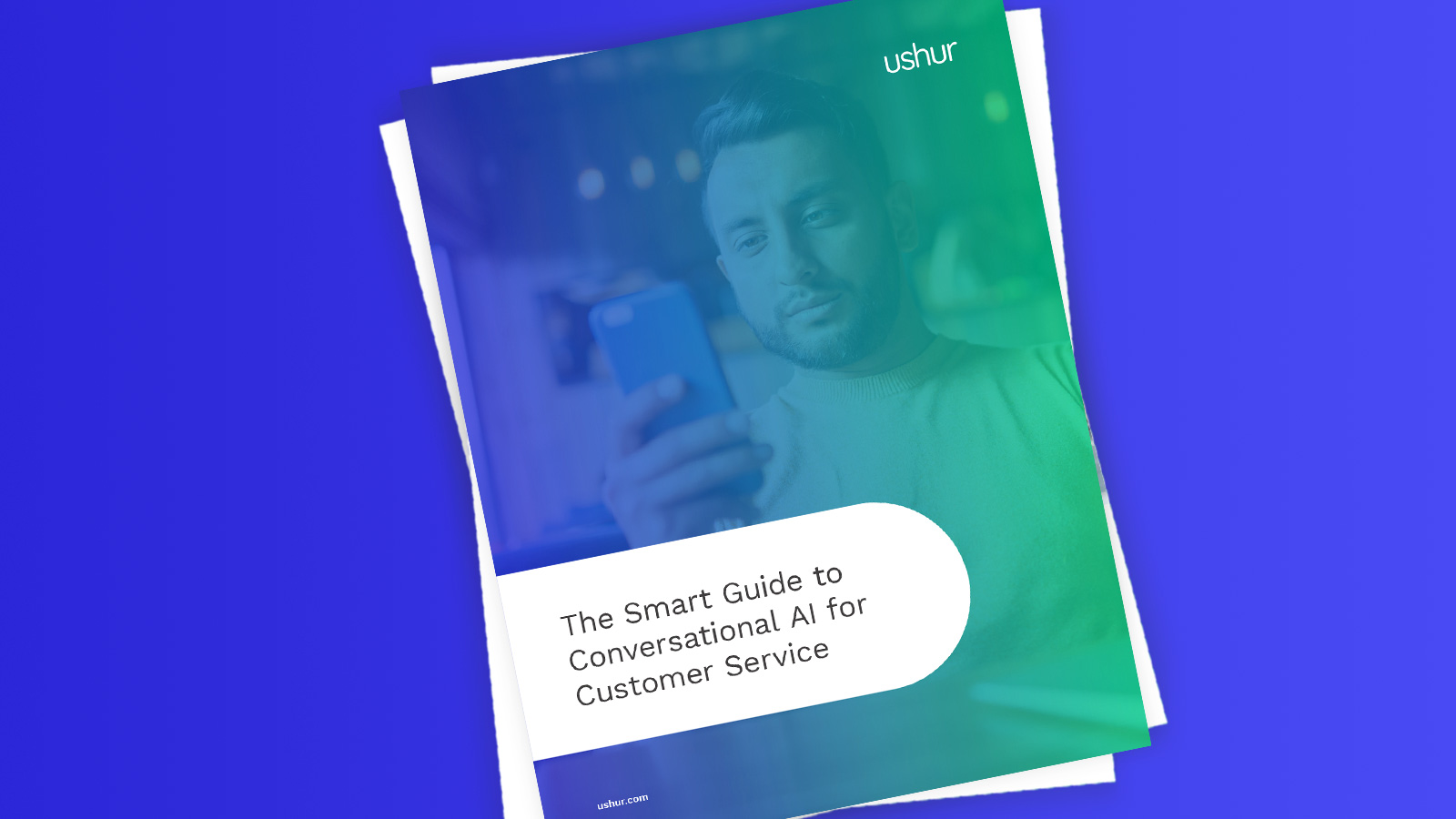Why Conversational AI is Customer Service’s Greatest Tool Yet


We get a lot of questions about whether conversational AI lives up to its promise. And we get it: on a personal level, one frustrating experience with an all-too-helpful chatbot or virtual assistant can be enough to turn you off. So it’s hard to imagine those conversational platforms in play at an enterprise level, especially if you’re dealing with sensitive customer information.
But the reality is that our interactions with smart speakers and chatbots are a tiny window into what full conversational AI platforms can do. That’s particularly true when it comes to delivering personalized customer experiences.
Today, conversational AI can automate nearly any kind of customer interaction, execute complex outbound and inbound requests and pull information from backend systems—and perform all of these tasks across platforms. Customers can text you if they hate making phone calls, and later they can continue the conversation over email. All of this happens in the same communication channel. Conversational AI operates at both an incredibly wide and incredibly personalized scale: it can read and process thousands of emails in seconds, and it also remembers to tell your customers “happy birthday” every year.
We would know a thing or two about its capabilities. We wrote a whole guide on using conversational AI for customer service, which you can download for free here.
Our guide details the AI techniques used in chatbots and other conversational AI tools for a business audience (read: we’ll tell you how Natural Language Understanding actually works in a digital self-service context), provides conversational AI examples in use by customers today, and explain the difference between conversational AI and chatbots, best use cases, what value to expect from conversational AI platforms and more.
Chapter 5: Business Benefits & Impact
In addition to the customer experience benefits, conversational AI also drives two varieties of business results.
Better Service = Happier Customers
The faster you address their concerns, the happier the customers. In insurance, for example, it might take two or three weeks to resolve a claim. With conversational AI automating the manual data entry and back-and-forth, that claim can be resolved in a day.
The majority (66%) of adults feel that valuing their time is the most important thing a company can do to provide them with good online customer experience.3
Obviously, “happier customers” is sort of an indirect benefit, but it does break down to real business benefits. Take this story for example.
One large insurance company decided to automate its claims servicing using two-way SMS. The claims process took three weeks to complete, with agents making six attempts to reach customers by phone. In its first year deploying conversational AI, the company converted its outbound calls into 70,000 automated text messages per month. The results were dramatic:
Other enterprises using conversational AI saw similar results:
Reduced OpEx = Happier Employees
Companies that make a concerted effort to improve their customer experience also see employee engagement rates go up by an average of 20%.4
Service agents who spend more time solving meaningful problems for customers and less time completing menial tasks are happier employees. The main business benefit to conversational AI is happier employees—but reduced OpEx is another sub-result.
In chapter three we talked about how conversational AI slashes high volume drivers. Let’s take support calls as an example. Typically, every call costs you between $12-17. Lowering call volumes has an impact force on operational expenses.
One large enterprise using conversational AI reduced outbound calls by 94,000+ per year.
We’re talking about reducing OpEx spending not in the thousands or even hundreds of thousands—we’re talking about saving millions of dollars every year—and that’s on just one call driver.
Time is money, so there’s also the impact to top line revenue to consider. In the shipping industry, for example, if a customer emails requesting a quote it takes businesses (on average) 57 hours to respond. Conversational AI can automate quote processing in 5 hours. Getting 90% of your time back and being 90% faster than your competitors drives an outsized advantage.